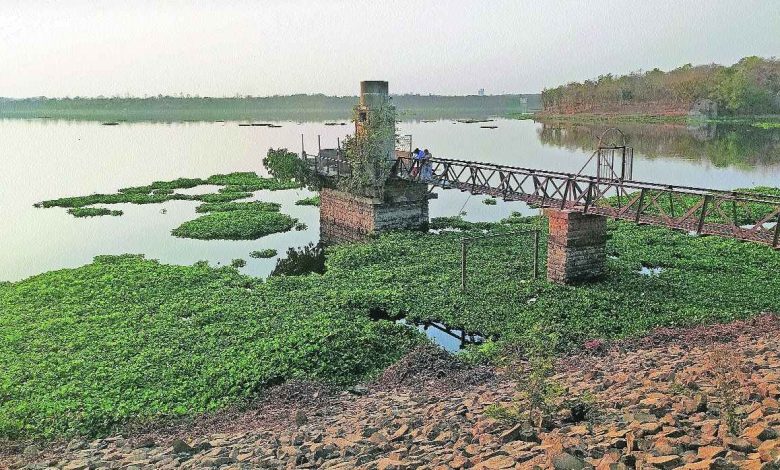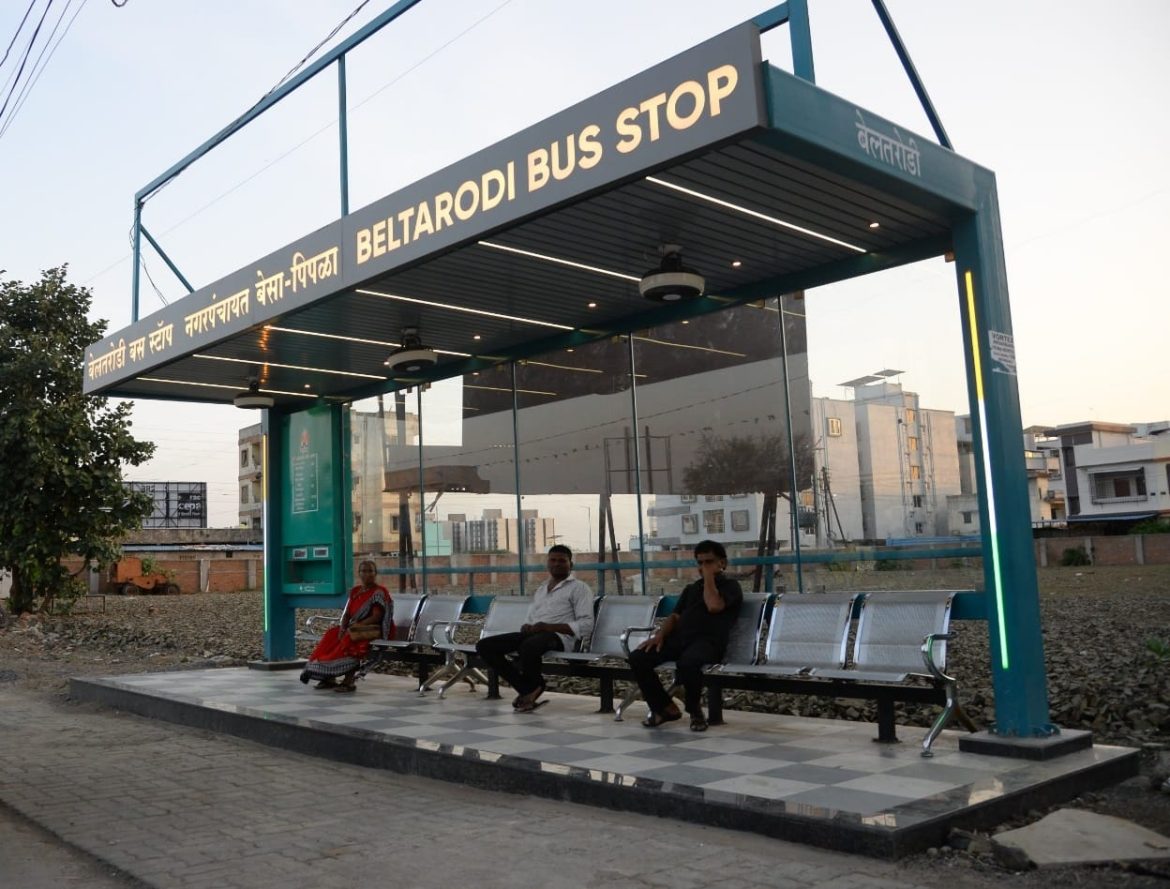Now Reading: Ambazari Lake Crisis: Monsoon Nears, But Eichhornia Menace Still Haunts Nagpur
-
01
Ambazari Lake Crisis: Monsoon Nears, But Eichhornia Menace Still Haunts Nagpur
Ambazari Lake Crisis: Monsoon Nears, But Eichhornia Menace Still Haunts Nagpur

With the monsoon just around the corner, Ambazari Lake—one of Nagpur’s key water bodies—continues to grapple with the stubborn spread of Eichhornia, or water hyacinth. This invasive weed not only affects the lake’s health but also raises concerns among residents and the Nagpur Municipal Corporation (NMC). As the rainy season approaches, questions remain about how effectively this challenge will be managed.
The Eichhornia Problem: More Than Just Weeds
Eichhornia, commonly known as water hyacinth, is notorious for its rapid growth and ability to choke water bodies. At Ambazari Lake, large patches of this floating weed restrict sunlight and reduce oxygen levels, harming aquatic life and disrupting the lake’s ecosystem.
For the citizens of Nagpur, the plant’s unchecked spread means foul odors, breeding grounds for mosquitoes, and a decrease in the lake’s recreational and aesthetic value.
Monsoon: A Critical Period
The arrival of monsoon usually revitalizes lakes, but in Ambazari’s case, it also brings the risk of Eichhornia flourishing even more. Increased water flow and nutrient-rich runoff create ideal conditions for the weed’s rapid spread.
Local authorities face a tough task in clearing these invasive plants ahead of the rains, as failure to act could worsen flooding and water stagnation, impacting nearby neighborhoods.
Efforts and Challenges Faced by NMC
The Nagpur Municipal Corporation has initiated several attempts to control Eichhornia, including manual removal and use of mechanical harvesters. However, these efforts have struggled due to limited resources, the weed’s fast regrowth, and the lake’s size.
Experts suggest that long-term solutions must include better wastewater management and community participation in protecting water bodies, which are often neglected in growing cities like Nagpur.
Impact on Tier 2 Cities Like Nagpur
Ambazari’s plight is not unique. Many Tier 2 cities face similar issues where natural water bodies suffer from pollution and invasive species. These lakes are vital for groundwater recharge, biodiversity, and public well-being, making their health crucial to urban sustainability.
Addressing such environmental challenges early is essential as cities expand and climate change brings unpredictable rainfall patterns.
Conclusion: A Wake-Up Call Before the Rains
As monsoon approaches, the Ambazari Lake crisis highlights the urgent need for coordinated action between authorities and citizens. Controlling the Eichhornia menace requires more than quick fixes—it demands sustained attention to protect this vital urban ecosystem and preserve Nagpur’s natural heritage for future generations.






















